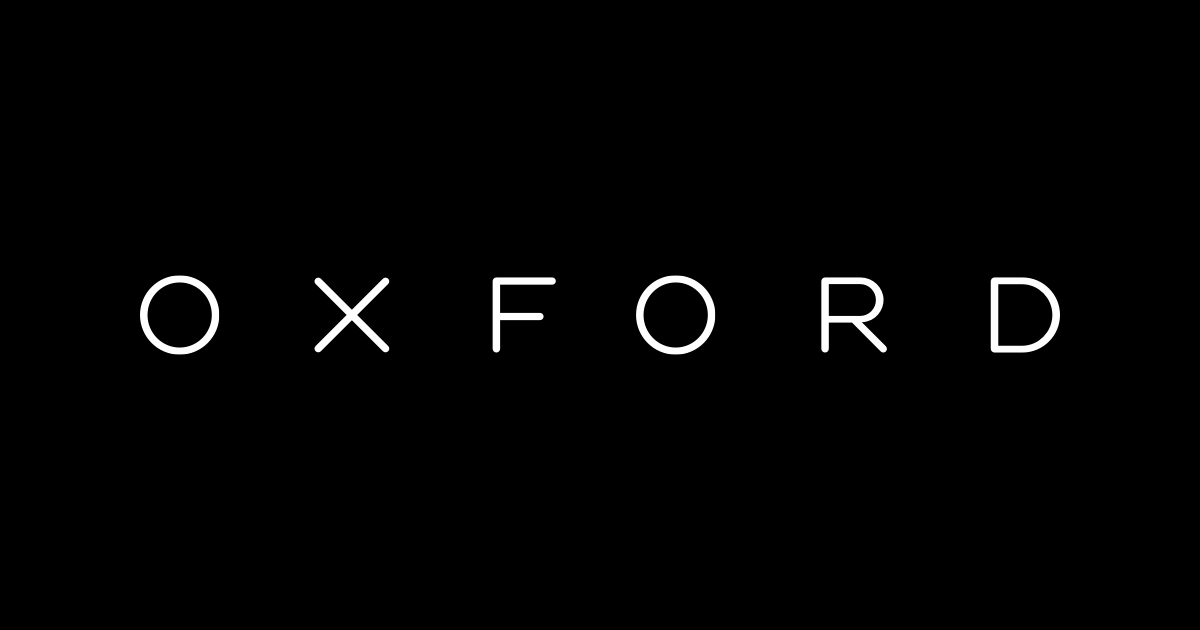Yabadabadoo! Shopping like the Flintstones...
I’ll be honest, this isn’t an article about shopping with Fred and Wilma in the town of Bedrock, but I just wanted to be able to use ‘yabadabadoo’ in a headline, and to ensure you have the theme from the Flintstones in your head all day.
We’re not in the Paleolithic era anymore, but we still shop like we do, and that’s what this article will hopefully show. No, we don’t gather berries from the shelves, and there’s no need to dodge a hungry sabre-tooth tiger in the frozen foods aisle, but the way we evolved to do these things 30,000 years ago is still valid today, and when we develop shopper marketing activations, we need to know what they are and how to take advantage of them.
We have the iPhone, ChatGPT, electric vehicles, and get our bison in the form of an Epic bar rather than on the plains, so we think we’re hugely advanced, but the truth is we’re just the most advanced social primate, fundamentally trying to find food or avoid being food.
What does this have to do with shopper marketing? Everything.
We’re walking through a store looking for a bargain or standing at a bar looking for our favourite brand, but our brain is looking for ripe fruit or a predator, a friend or a foe. Our eyes are constantly scanning, while our brain is pretty much asleep, or at the very least on autopilot, content to only switch on fully when needed (for those of you with an interest in psychology, the brain here is in the late Daniel Kahneman’s system 1, saving energy for when it really needs to be in system 2).
And what is the eye looking for? Things that could mean danger, so it’s hyper-vigilant around any movement—‘what was that thing I saw moving in the grass over there?’. Anything that stands out instantly gets attention—'what’s that thing that doesn’t quite look right?’. And it’s always on the lookout for eyes—both ‘is that someone from my tribe or an outsider?’, but also ‘what are they looking at?’.
The eye is also looking for the familiar and for things it knows and trusts—‘where are those bright orange fruits I’ve had before?’, ‘did I just see the white tail of the antelope I know we can catch and that is super-tasty?’. Anything unknown might be food, but as we’ve seen, the brain doesn’t want to work too hard if it can avoid it, so if the eye can just find the things it’s seen before, all the better.
Great, you’ve had a lesson in anthropological physiology, but now let me link it to shopper marketing.
Let’s start with the idea that when we’re shopping, we’re either hunting or being hunted. We might think we enjoy shopping (or not, depending on your view of grocery shopping or choosing a drink under the expectant gaze of a watching bartender), but that level of hyper-vigilance is really stressful, so if we can make it easier, all the better for our shoppers.
So what can we do? Well, knowing what we now know about shopping as hunting or avoiding being hunted, there are a few principles we can apply to help catch the eye and help the brain stay in its autopilot state, whilst also helping people to find and buy or order our brands.
Movement, or the impression of movement
Firstly, we’re on the lookout for things we can eat or things that might eat us. So to catch our eye, something that is either moving or looks like it’s moving is a really powerful way to capture attention. This could be an expensive moving display, but it could also be a drink pouring into a beautiful glass or a slight blurring of a figure implying that they’re moving.
Standing out
Then, we’re also on the lookout for things that, for whatever reason, don’t quite look right. So here, we use shapes and colours that stand out. Think curves, triangles, or basically any shape except straight sides and rectangles. If you have a great brand logo or asset that can be a cut-out, use it! Also, think about colour and the environment you’re activating in. Your brand colours might be black or dark wood, but if you’re trying to catch people’s attention in a dark bar or club, good luck. Similarly, supermarkets tend to be very bright, so pale colours look washed out and don’t stand out.
Follow the eyes
Next, we talked about eyes or eyeline. You know that feeling when you’re on a busy train and you look up and catch someone’s eye at exactly the same time they look up? It’s not a coincidence; we’re programmed to catch people’s eyes, so if we can use faces and eyes in our activations, or even better, if we have a character associated with our brand who we can leverage, that can be really powerful.
| When I worked for Heineken, the chance to use the Most Interesting Man’s face on a Dos Equis advert was always too good to resist. His well-known face, looking directly at people with a suggestive headline, always caught and held attention: The Most Interesting Man in the World. |  |
But as well as catching the eye, eyes can also direct our gaze. So make sure they are looking at the great service or the product; if they’re looking away from the activation, so will our shopper, and the moment is lost.
Familiarity
Finally, there’s comfort in the familiar. The mushroom that I recognise won’t poison me, or the fish I can catch with a spear, and this familiarity extends to a bar or store. If you have a recognizable brand logo or assets, or a campaign that is executed widely, use it! So often, people tend to want to create a shopper marketing visual identity, which I think is a complete waste. We should change the messaging and tailor our activations to what we want people to do in a store or a bar, but it should be instantly recognizable as our brand.
The beauty of all this is that it’s not really debatable. The brand manager or customer who thinks they know better and wants to do things their own way can’t really argue with 30,000 years of evolutionary history. I know some brands might feel like they have been around forever and have a right to do what they want, but ‘forever’ takes on a different meaning in the context of our being social chimps!
I hope that’s helped, and I would love to hear your thoughts, either on what I’ve written or on which cartoon you think would be an even better analogy for how to approach shopper marketing.
In the meantime, as Fred would say, ‘Yabadabadoo’!
Share this
You May Also Like
These Related Stories

Shopper Marketing | Is shopper marketing dead?

Shopper Marketing Trends for 2024


No Comments Yet
Let us know what you think